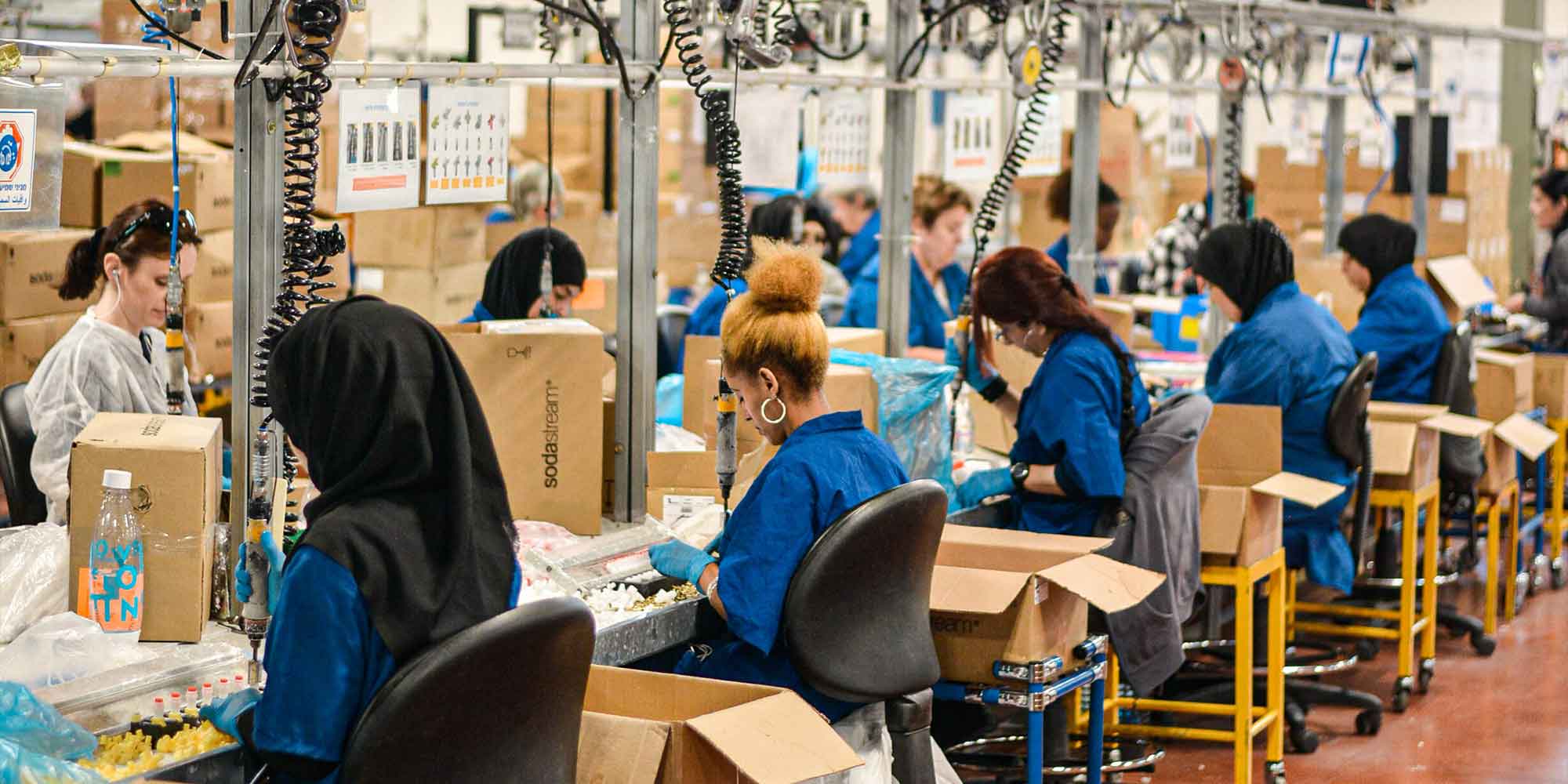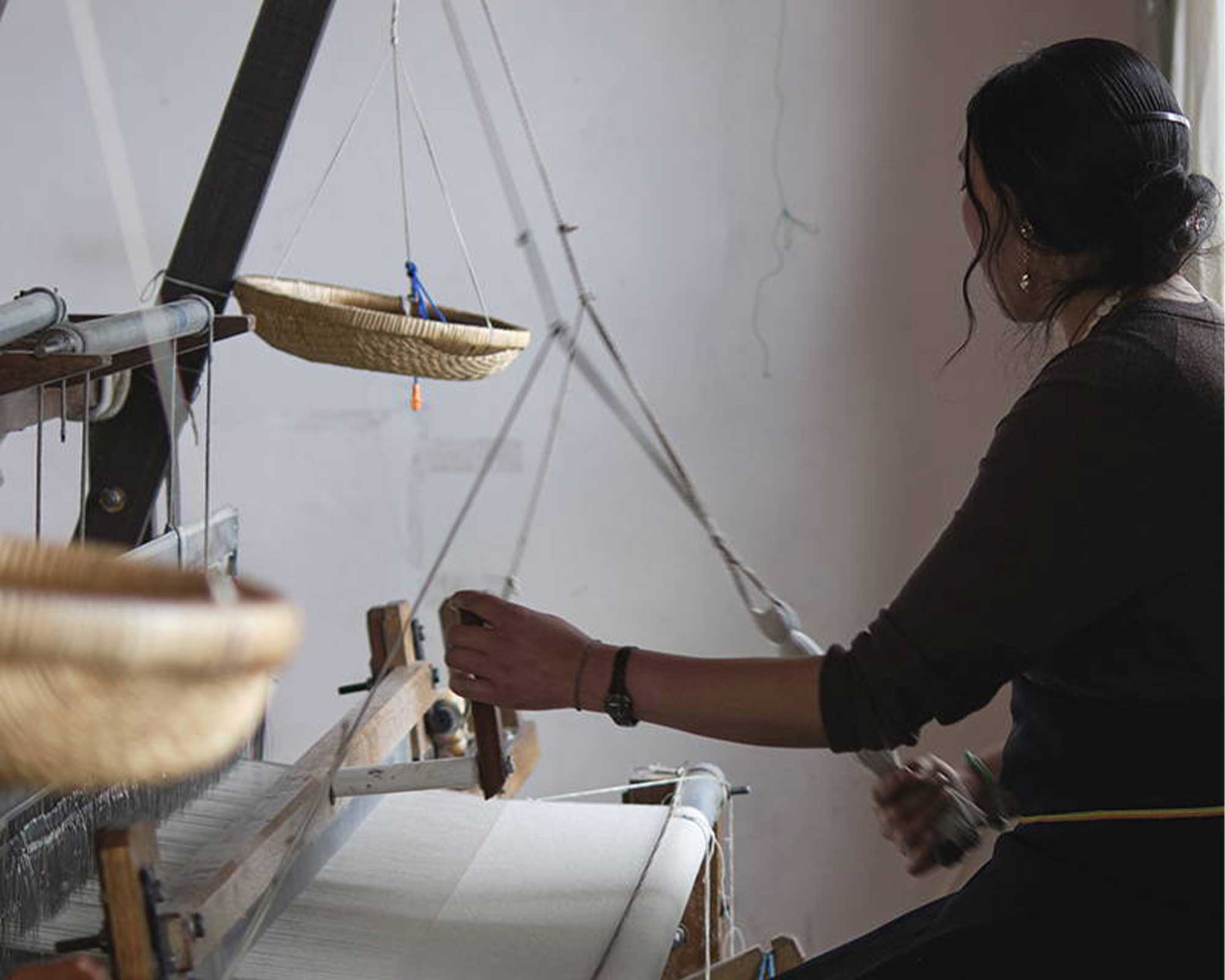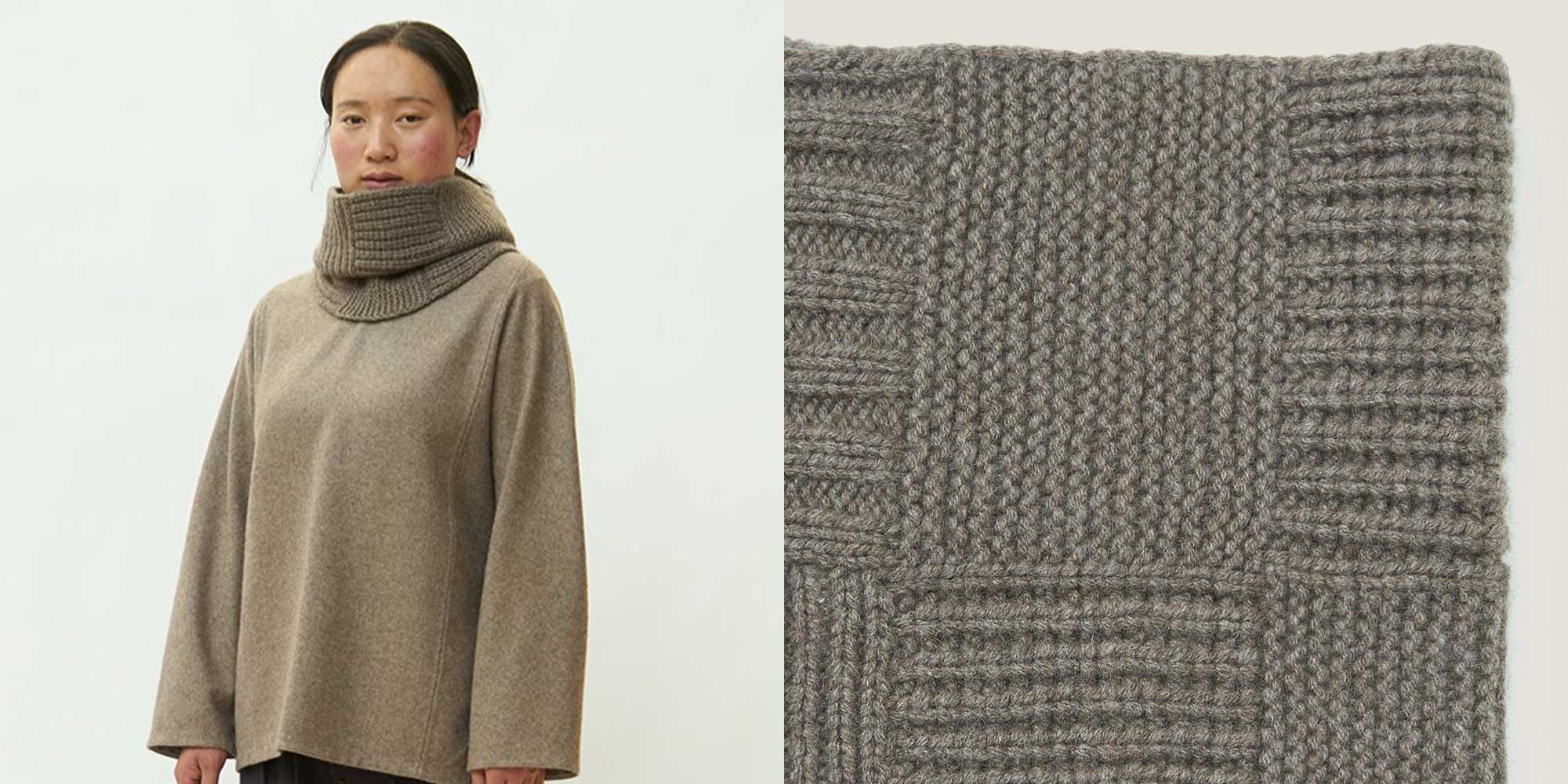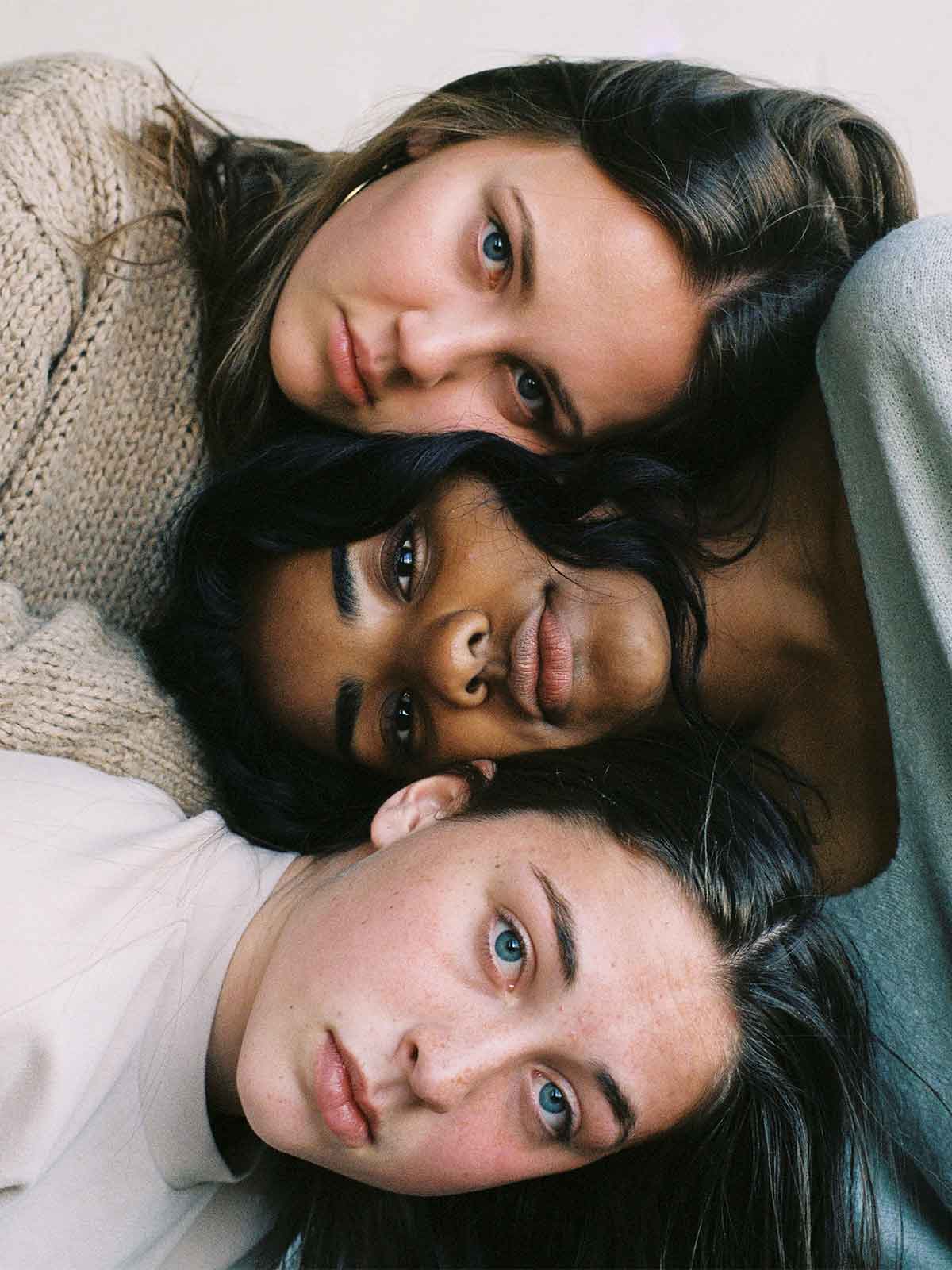Few countries involved in the fashion industry attract as much debate as China. Many of us will have grown up with the “made in China” label being synonymous with global outsourcing and the churning out of mass-produced, low quality, inexpensive goods—including clothes. But is that still the case nowadays? The short answer is that it depends on the brand! But let’s take a deeper look at the good, the bad, and the future of “made in China” fashion (not necessarily in that order).
Before we dive in
China is one of a number of countries with a reputation for poor environmental and labour standards, although the truth is more complex with some facilities doing well and others not. In fact, generally speaking wages are likely to be higher in many parts of China than some of the other countries with high volumes of clothing export like Bangladesh and Cambodia. Of course, wages and labour standards are often substandard in most countries including the United States and the UK. Having said that, China is one of few countries that still does not allow freedom of association for workers (labour unions), and currently stands accused of forced labour of Uyghurs, a minority group in the country’s north-western region of Xinjiang, which we look into more below. The fashion industry is imperfect everywhere, but a case study on a country that is in the midst of a transformation is an important part of the conversation for the future of more ethical and sustainable fashion.
The bad: a few facts and figures
Currently, China produces 65% of the world’s clothes and is the world’s largest manufacturer and exporter of textiles.
Traditionally, China has been attractive to brands from all over the world for its huge labour pool and production capacity as well as sophisticated factories and efficient supply chains. Crucially, relatively low wages keep production costs down and thus maximise margins for brands, from fast fashion to luxury.
Social and environmental ups and downs
While both brands and suppliers derived commercial success from this production model, unfortunately, it has come with significant social and environmental impacts. In the 90s, the Nike child labour scandal shone a light on manufacturing practices in developing countries. Since then, numerous reports involving China have documented poor working conditions, minimal pay, and prohibitions to unionise, amongst other social issues.
On the environmental front, the combination of lax regulations and high production volumes with little concern from brands regarding how their clothes were produced has resulted in a dire picture. Greenpeace’s hard-hitting Detox Campaign in 2011 and follow-up reports including Destination Zero: Seven Years of Detoxing the Fashion Industry document the issue of toxic chemicals from the Chinese textile industry causing widespread water pollution and threatening both ecosystems and human health.
With China being a global manufacturing powerhouse, it is no wonder that it produces up to 26 million tons of textile waste per year, only 15% of which is reused or recycled.
What does “Made in China” mean?
And if the above issues above weren’t enough to spook consumers, there are a few more to consider.
First, there’s the fact that China has adopted a similar low-cost outsourcing model that Western countries have, meaning that an item labelled as being “made in China” could be manufactured elsewhere in Asia—such as Vietnam, Cambodia, or Sri Lanka—before being shipped to China for final assembly and exporting. Reports have also emerged of China outsourcing to North Korea or using cheaper North Korean labour based in China.
Second, human rights organisations are campaigning about forced labour and other human rights violations in the region of Xinjiang, where 84% of China’s cotton is produced. With China being one of the world’s largest cotton producers and other garment-exporting countries (eg Bangladesh, Vietnam) using its cotton in their production, it is estimated that up to 20% of the world’s garments have links with human rights violations.

The good: hope on the horizon
So, where does this leave ethical consumers? Let’s take a look at the more encouraging elements to counterbalance some of the issues explored earlier.
Policy level impetus
In 2016, China outlined plans for implementing the UN’s 2030 Sustainable Development Goals, achieving a degree of success, according to the UN. In addition, in September 2020, China announced its intention to reach carbon neutrality by 2060. Somewhat late, some may argue, but given that China is responsible for 28% of the world’s CO2 emissions, this can also be seen as a step in the right direction.
China is also focused on creating a circular economy: it passed a law in 2008 to that effect and has made steady progress over the years, imposing in 2013 a requirement on ten industries, including the textile industry, to become circular. In addition, a report issued in 2020 by the Ellen MacArthur Foundation and others highlights the crucial role that China can play at a global level in terms of using circularity to transform the fashion industry.
Green shoots at an industry level
What’s happening on the ground also gives us reasons for hope. Some of China’s largest manufacturers are leading the way. For example, Esquel Group measures and reports on a range of sustainability criteria covering people, planet, product, and community; and Crystal International publishes full sustainability reports, including historical reports, with transparency about current targets for 2022.
Other green shoots are becoming visible as well: Shanghai Fashion Week showcases sustainable designs with observers noting that “a collective consciousness [is] emerging…the mood is changing”; companies such as Streamline Alliance that connect Western brands to ethical factories in China are supporting the shift to responsible manufacturing in China; consumer appetite for sustainable fashion is gaining traction—in a survey quoted in the Business of Fashion, 70% of the 10,000 people surveyed in ten Chinese cities agreed that “personal consumption has a direct impact on the environment”; and there are interesting microtrends, such as upcycling as outlined in Vogue and influencers promoting sustainable or minimalist lifestyles.
Looking to the future
The fashion industry in China offers a nuanced picture. The high volume, low-cost manufacturing is still the most prevalent production model. Unfortunately, this model is still likely to dominate, with both Western brands continuing to outsource to China and domestic ultra fast-fashion brands such as SHEIN being created, especially when these benefit from significant financial backing.
The devastating social and environmental impacts of this conventional model are widely known. In addition, China itself now outsources to lower-cost countries and is embroiled in human rights violations in the Xinjiang region. That said, we can be encouraged by the combined power of NGOs, policy developments in China, and a range of fashion industry initiatives.
And, of course, consumers always have the option of voting with their wallet. So as an ethical consumer, ask brands these key questions: where are the raw materials sourced? Where are the goods produced? What data is available regarding working conditions and outsourcing? Do they have certifications and audit systems in place?
Let’s make sure that the future of “made in China” is brighter than its past.
Browse brands on our Directory to simplify your sustainable shopping experience.
‘Good’ Chinese brands to support
As China is up-and-coming in the sustainable fashion space, a few brands are emerging that are doing right by people, the planet, and animals, all while being China-based! Here are a couple worth your support:





















